What is all of this RFID talk about?
A RFID (Radio Frequency Identifier) is a small device used for tracking or identification. A typical tag consists of a chip, memory and antenna. Most new RFID tags utilize Bluetooth technology.
Why do you need RFID?
How many times have you misplaced something? Something like your keys, phone, tablet, wallet, or remote; if you are anything like me, at least a few times. If you place an RFID tag on these items, you can track them. There are several companies that offer tags that work along with smartphone apps to track your things. This is especially useful for business professionals always on the go.
You can tag your phone, briefcase, laptop, and even your luggage and your smartphone will alert you when the item is out of a set range (say 100 feet) and when it returns. RFID devices are even used with pet doors. If you place a device on your pets’ collar, the pet door reads the chip and allows them to enter, but only your pets. This will keep out those pesky raccoons that try to come in and help themselves to your refrigerator.
Four RFID options:
There are several companies that offer RFID devices; the following four can get you started as you find the option best for you:
StickNFind is one company offering these devices. The device is about the size of a quarter. It costs $25. And you can track anything you tag with a device via your smartphone. You can have up to twenty active stickers (devices) at a time. The smartphone application also allows users to trigger an alert if a sticker moves out of a specified range. This is called the “Virtual Leash” feature; users can set a distance range for each sticker. So, if you want to keep your pets or children within a certain range while they are outside, you can place a sticker on them and the phone will alert you if they go outside that range.
Bikn (“Beacon”) is another company offering a “lost and found” system. For $59.99 you get an iPhone case and tag. The tag can attach to your keys, your pet, your backpack, anything you want, really. And the best part is that your iPhone will find your tagged item, but the tagged item can also find your iPhone, even if it is dead or turned off. Currently Bikn only works for iPhone and you will have to remove any other cases you have (Otterbox, Armor, etc.) so the Bikn case can be in contact with your phone. But, if you are prone to losing things, this could be worth it.
ItemTrackr can track any Bluetooth device such as cars, headsets, low energy tags (like SticknFind) and much more. You can ring your lost Bluetooth device from the app. It will also record the GPS map and time you lost your item. This is especially helpful when you need to remember where you parked your car or left your keys. There is also something called, “separation alert”: if you are about to walk off without your Bluetooth device, the app will play a reminder so that you do not forget it.
InRange by Phillips is another Bluetooth enabled leash system. For $49.95 you get a similar system to Bikn’s. You will receive the Bluetooth device, a pouch for the tag, batteries and a pin to release the battery door. Items are tracked via the iPhone/iPad app and can be paired with up to three InRange devices. This device also allows you to still make calls via Bluetooth without any interference.
There are many other options available to suit your needs. All of them serve the same basic function: to track your possessions and help you insure they do not get lost. This seems like something worth investing in if you have a hard time keeping up with your belongings, or travel extensively.
Jennifer Walpole is a Senior Staff Writer at The American Genius and holds a Master's degree in English from the University of Oklahoma. She is a science fiction fanatic and enjoys writing way more than she should. She dreams of being a screenwriter and seeing her work on the big screen in Hollywood one day.







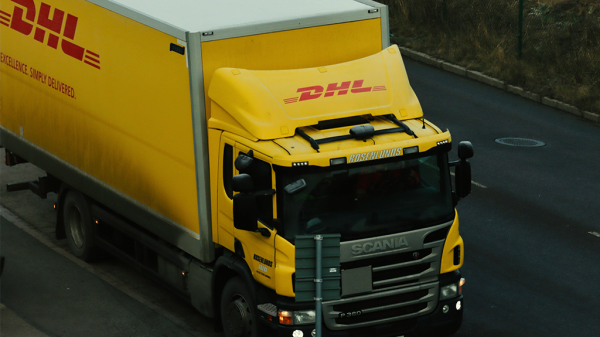

























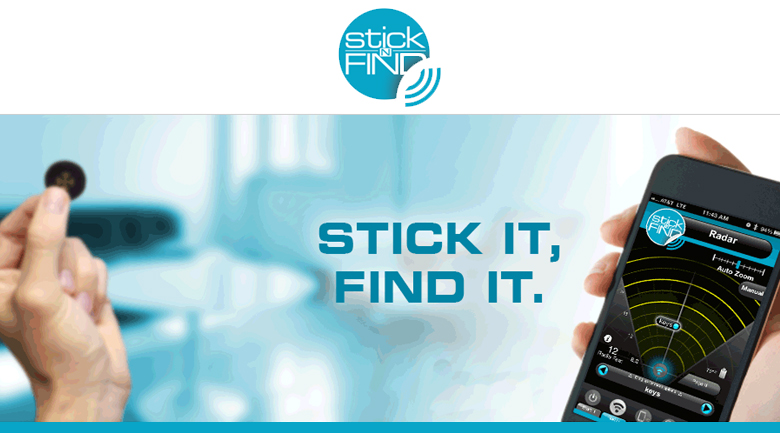



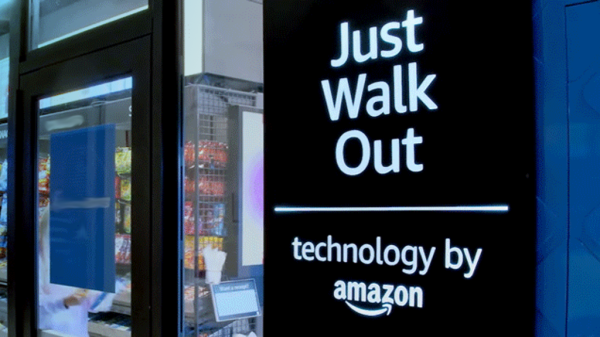
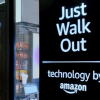

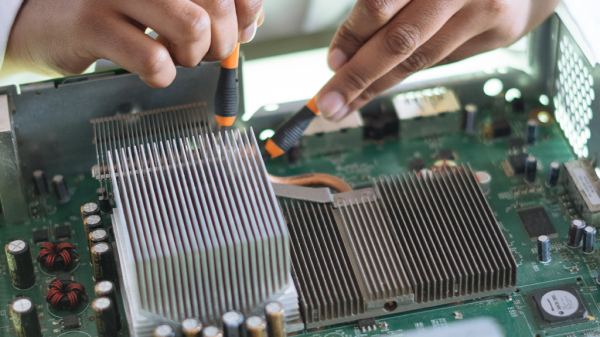

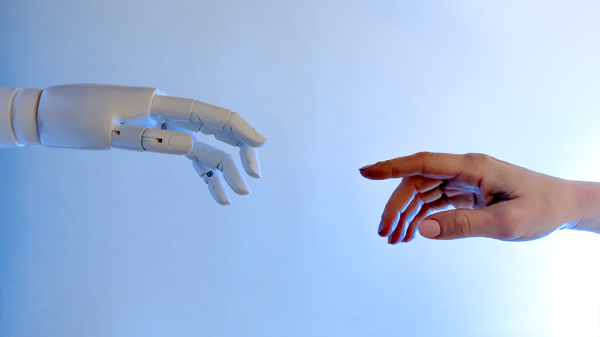

Tinu
June 25, 2013 at 6:31 pm
#frustration – I had this idea a few years ago. At least someone is doing it, and I’ll be able to find my stuff again. *walks off bitterly*
JonaD
July 2, 2013 at 2:10 am
Yeah, people will be able to find their stuff… and ‘I’ will be able to find your stuff and YOU too. RFIDs are EASY to hack. Also because their antenna are inductively coupled… I can find out more! I can discover if other people are between my sensor and an RFID device, I can uncover other things too… like if there is a chunk of metal close to your device and so it could act as a roving detector to identify where someone is wearing a gun. Think of these as old fashioned ‘ theremins’, and imagine… your life playing to the world as creepy sci-fi music, that anyone can investigate you with. Lovely.
Guest
July 2, 2013 at 2:13 am
Yeah, people will be able to find their stuff… and ‘I’ will be able to find your stuff and YOU too. RFIDs are EASY to hack. Also because their antenna are inductively coupled… I can find out more! I can discover if other people are between my sensor and an RFID device, I can uncover other things too… like if there is a chunk of metal close to your device and so it could act as a roving detector to identify where someone is wearing a gun. Think of these as old fashioned THERAMINS, and imagine… your life playing creepy sci-fi music that people can investigate you with. Lovely.
John Andry
May 30, 2015 at 11:41 am
You can Track Most of things with RFID Tags! Radio Frequency Identification devices are mostly used for the purpose of tracking. Giant companies and offices use this device to easily get access to their products. The devices are also used in many other cases like that of people tracking. The components that an RFID device consists are:
RFID Microchip/ Tag: This microchip has an antenna through which it transmits information that it consists or that is fed in it by a programmer.
RFID Reader: The information that the microchip transmits by the help of its antenna is being read by a reader.
RFID Middleware: It is software that resides in between the software of enterprise and RFID interrogators.
RFID Software: The information which the reader reads is then converted into digital form which can be used by software system for processing. Thank you!!
jamyy
July 22, 2015 at 4:22 am
RFID is very useful tracking chips, by using those tracking chips you can track many things also saves lots of time.
danny
November 7, 2015 at 10:27 am
Does any one know if any of these devices use passive RFID chips?
Guest
December 8, 2015 at 3:54 am
RFID tags can be passive, but you will need an active RFID reader. At the moment this reader will be a bulky device and is not available as a small and affordable add-on to your phone (dec 2015). To overcome this problem and keep the tags small, you can use an active RFID scanner/reader (e.g. built into your bag) that communicates with your phone via Bluetooth/GPS/WiFi
Btw: All the devices in this article do not use RFID, but active Bluetooth tags. Bikn uses active Wifi tags.
Guest
December 8, 2015 at 4:05 am
One adjustment to my earlier comment: RFID tags can be passive, but you will need an active RFID reader. At the moment this reader will be a bulky device and is not available as a small and affordable add-on to your phone (dec 2015) >> This is if you want to read tags over a distance more then 8 cm. Otherwise you can use the NFC reader function of most new phones
Pingback: RFID technology's resurgence and why you need it - The Real Daily
Pingback: Get Your Tech Travel Ready | Y-Not – Lethbridge Computer Repair